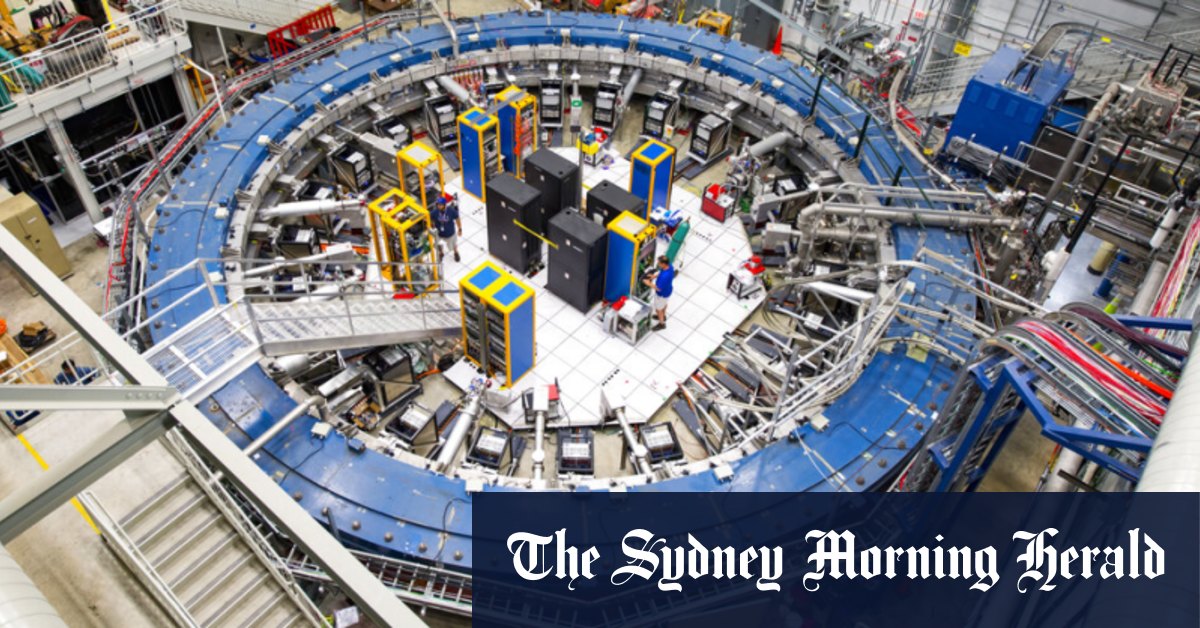Both sets of results involve the strange, fleeting particle called the muon. The muon is the heavier cousin to the electron that orbits an atom’s centre. But the muon is not part of the atom, it is unstable and normally exists for only two microseconds. After it was discovered in cosmic rays in 1936 it so confounded scientists that a famous physicist asked “Who ordered that?â€
“Since the very beginning it was making physicists scratch their heads,†said Graziano Venanzoni, an experimental physicist at an Italian national lab, who is one of the top scientists on the US Fermilab experiment, called Muon g-2.
The experiment sends muons around a magnetised track that keeps the particles in existence long enough for researchers to get a closer look at them. Preliminary results suggest that the magnetic “spin†of the muons is 0.1 per cent off what the Standard Model predicts. That may not sound like much, but to particle physicists it is huge – more than enough to upend current understanding.
Researchers need another year or two to finish analysing the results of all of the laps around the 14-metre track. If the results don’t change, it will count as a major discovery, Venanzoni said.
Separately, at the world’s largest atom smasher at CERN, physicists have been crashing protons against each other there to see what happens after. One of the particle colliders’ several separate experiments measures what happens when particles called beauty or bottom quarks collide.
The Standard Model predicts that these beauty quark crashes should result in equal numbers of electrons and muons. It’s sort of like flipping a coin 1000 times and getting about equal numbers of heads and tails, said Large Hadron Collider beauty experiment chief Chris Parkes.
But that’s not what happened.
Researchers pored over the data from several years and a few thousand crashes and found a 15 per cent difference, with significantly more electrons than muons, said experiment researcher Sheldon Stone of Syracuse University.
Neither experiment is being called an official discovery yet because there is still a tiny chance that the results are statistical quirks. Running the experiments more times – planned in both cases – could, in a year or two, reach the incredibly stringent statistical requirements for physics to hail it as a discovery, researchers said.
If the results do hold, they would upend “every other calculation made†in the world of particle physics, Kaplan said.
Loading
“This is not a fudge factor. This is something wrong,†Kaplan said.
He explained that there may be some kind of undiscovered particle – or force – that could explain both strange results.
Or these may be mistakes. In 2011, a strange finding that a particle called a neutrino seemed to be travelling faster than light threatened the model, but it turned out to be the result of a loose electrical connection problem in the experiment.
“We checked all our cable connections and we’ve done what we can to check our data,†Stone said. “We’re kind of confident, but you never know.â€
AP
Examine newsletter
Science and health explained and analysed with a rigorous focus on the evidence. Examine is a weekly newsletter by science reporter Liam Mannix. Sign up to receive it every Tuesday.Â
Most Viewed in World
Loading

